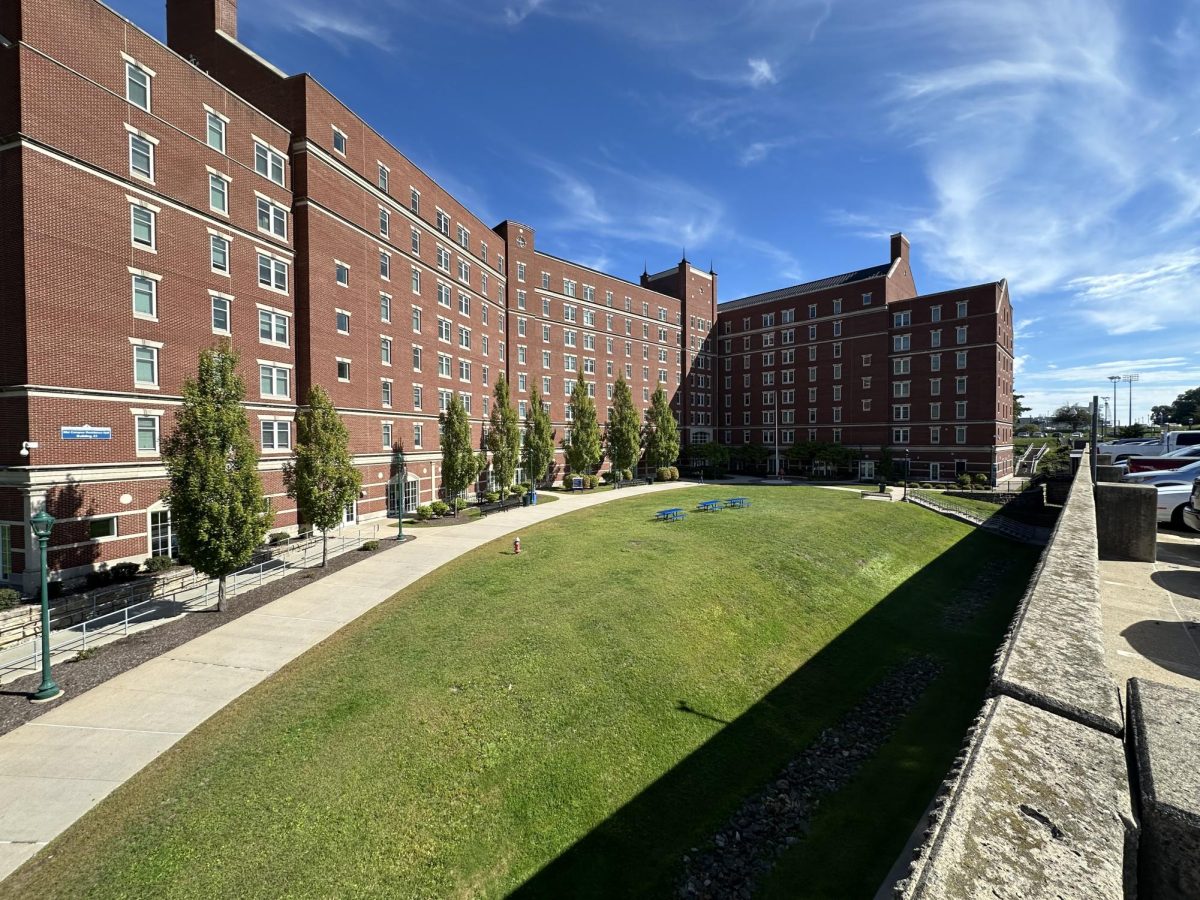
By Matt Clyburn
Half of the crowd outside Torrington’s Warner Theatre on Monday evening roared in unison, “DAN MA-LLOY, DAN MA-LLOY, DAN MA-LLOY!” The leader of the chant brandished a bullhorn and what turned out to be a common sight outside of the performing arts venue: a union sign and t-shirt. The presence of union factions at political gatherings has raised many questions about the very nature of special interests.
The Connecticut voters that gathered in front of the theater were on hand for the last of the gubernatorial debates this election season between Republican Tom Foley and Democrat Dan Malloy. The debate was a one-hour discussion presented by the Republican-American of Waterbury and moderated by its Executive Editor, Jonathan Kellogg.
As the Foley half of the crowd waited politely for their turn to respond, a number of them suggested quietly that many in the opposing faction were union representatives being paid to demonstrate. Though this claim is unsubstantiated, many of the signs in support of Malloy clearly stated, “Paid for by AFSCME Local 15.”
Represented on the Malloy side were members of the Carpenter’s and Machinist’s Unions, the Service Employees International Union, the American Federation of State, County and Municipal Employees, and the Connecticut State Police Union.
“We’re volunteers,” one female Foley supporter, who wished to remain anonymous, said. “We come out on our own free will.”
A member of the SEIU from Cheshire defended the presence of union members at the debate. “We’re demonstrating to save our jobs, there’s nothing wrong with that,” he said.
One gentleman on hand identified himself as Andrew Matthews, the President of the Connecticut State Police Union. He was there to represent 1,082 State Police within Connecticut’s largest police contingency based in Middletown. Matthews’ organization is backing Malloy for Governor.
“Dan Malloy knows public safety,” Matthews said, “there won’t be a learning curve when he comes to office. After examining all of the evidence, we decided to give [him] our support because of his record as mayor of Stamford and his continued support of police…throughout Connecticut.”

One Foley supporter admitted to feeling “intimidated” that the members of the State Police were “appearing to choose sides.” The comments echoed similar concerns from members of the crowd as representatives of the union shouted from across the street and held signs in support of Malloy.
The debate itself raised additional questions from each candidate about the presence of special interests in politics.
Foley argued that “Dan Malloy has entered into commitments with union leaders not to reduce the size of the state workforce, not to seek concessions on benefit levels…so [he has] very limited flexibility.” Speaking directly to Malloy, Foley said, “You’ve compromised yourself, frankly, in representing the taxpayers and the citizens of Connecticut in negotiating with the state workforce representatives.”
Malloy countered that he has “absolutely not entered into any deals with unions other than to treat them with respect.”
The interests represented at the debate are a cross-section of the gubernatorial race as whole, and many politicians have had difficulty drawing the line between the interests of voters and the interests of so-called special interests. The important thing, according to Dan Malloy, is to “choose a leader who is actually going to concentrate on changing the State of Connecticut.” The leader that voters choose on Nov. 2 will go on to fill the governor’s seat left vacant by M. Jodi Rell on Jan. 5 of 2011.
Watch the Torrington crowd greet the arrival of both of the Gubernatorial candidates:
Tom Foley:
Torrington Greets Tom Foley from The Recorder on Vimeo.
Dan Malloy:

